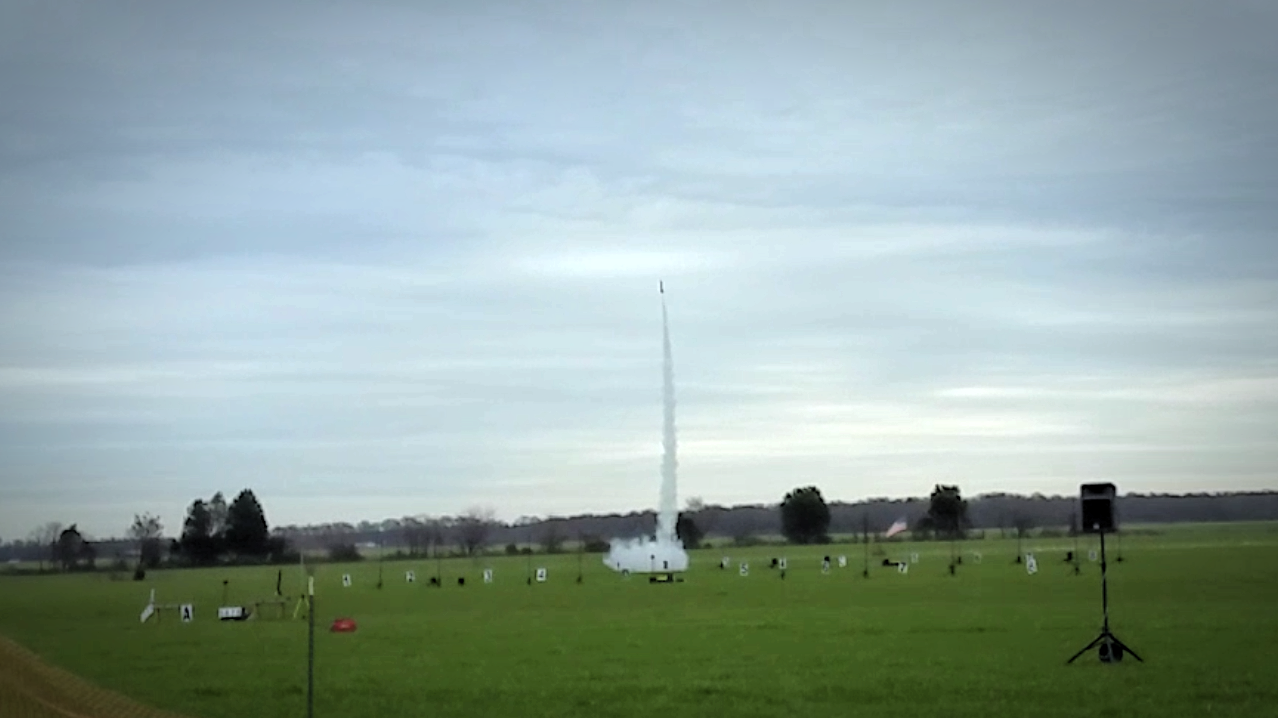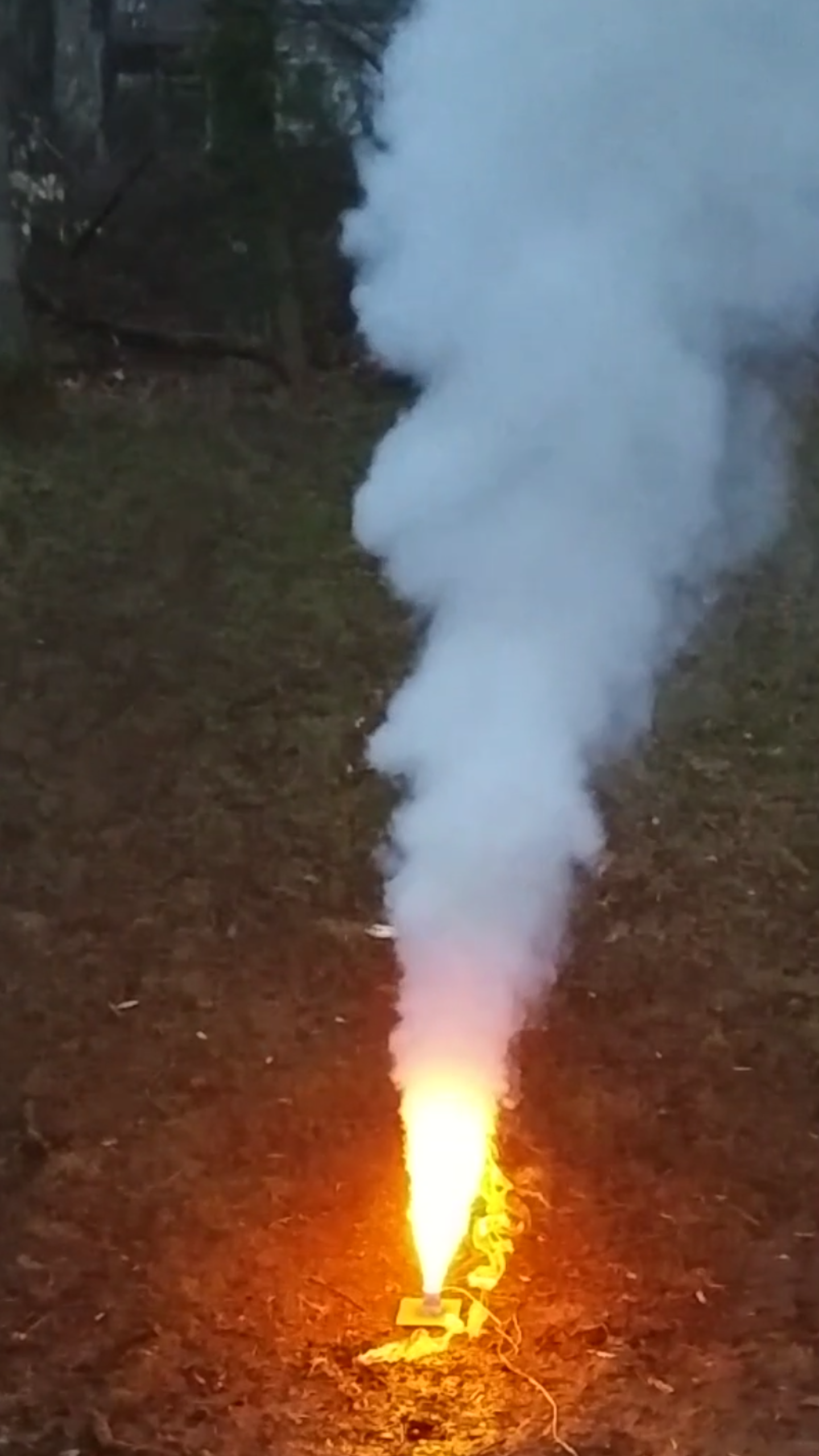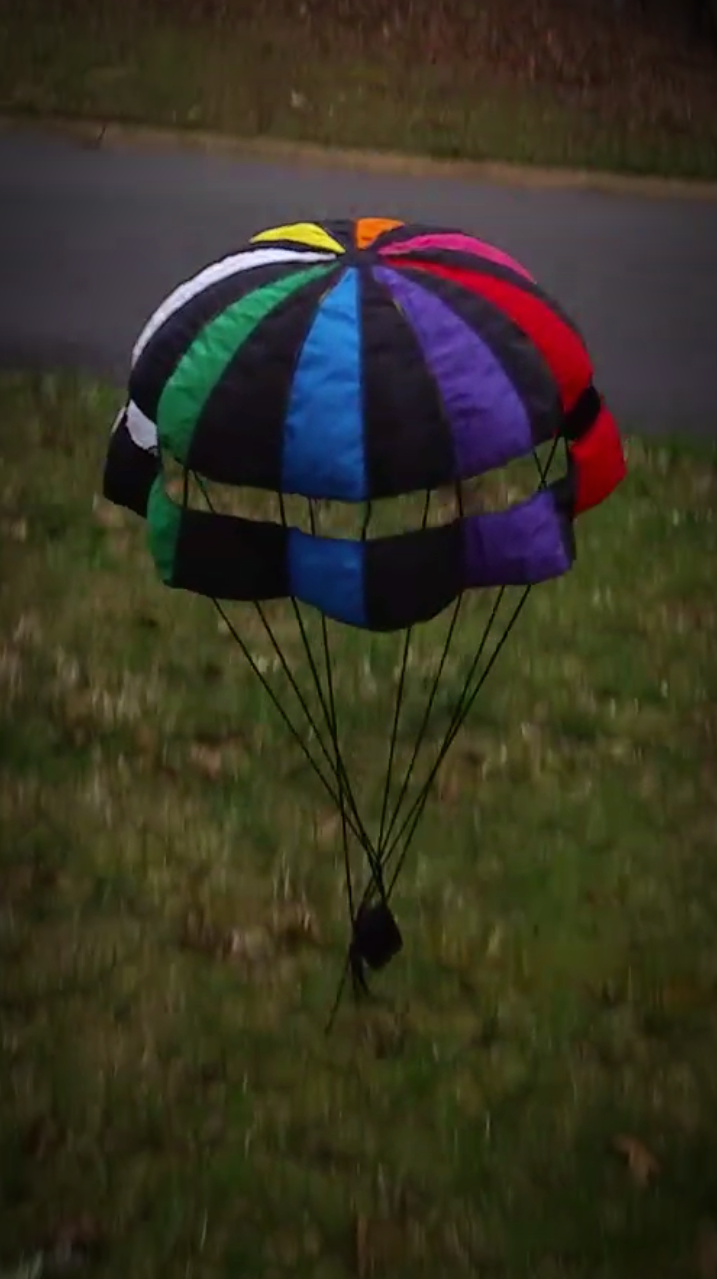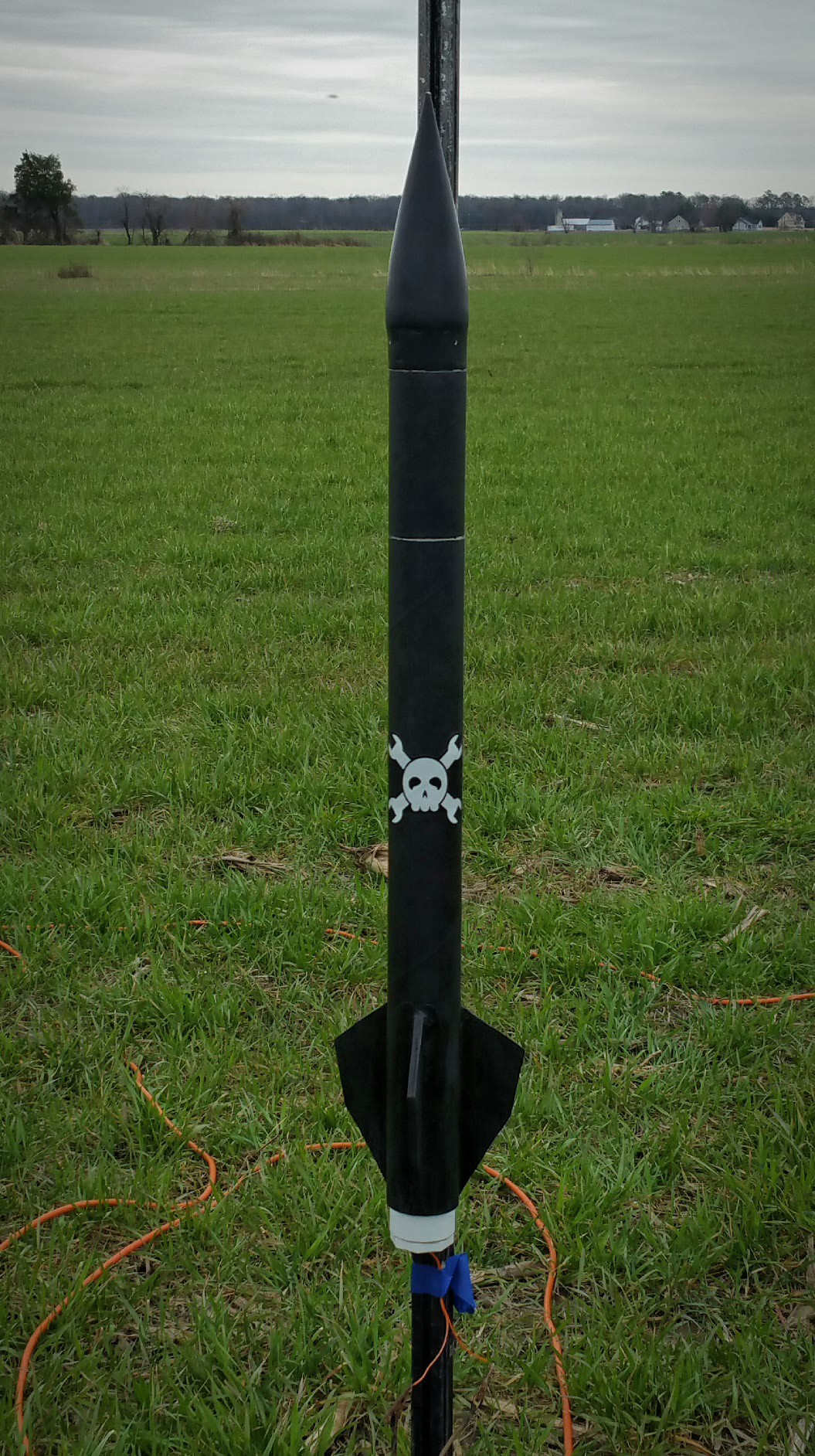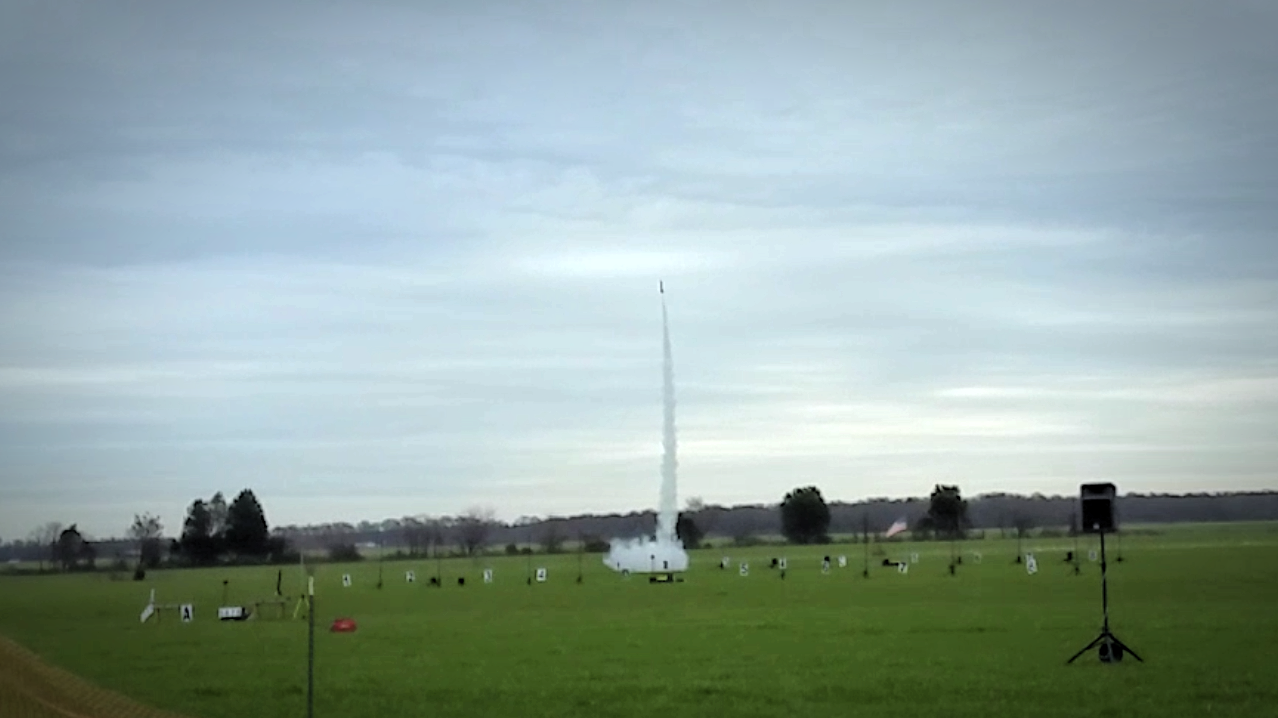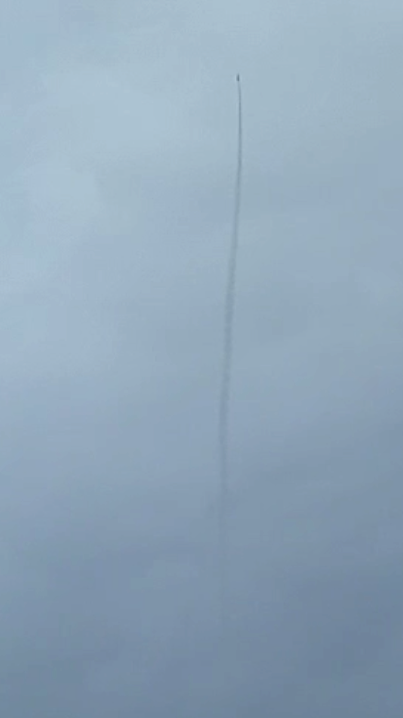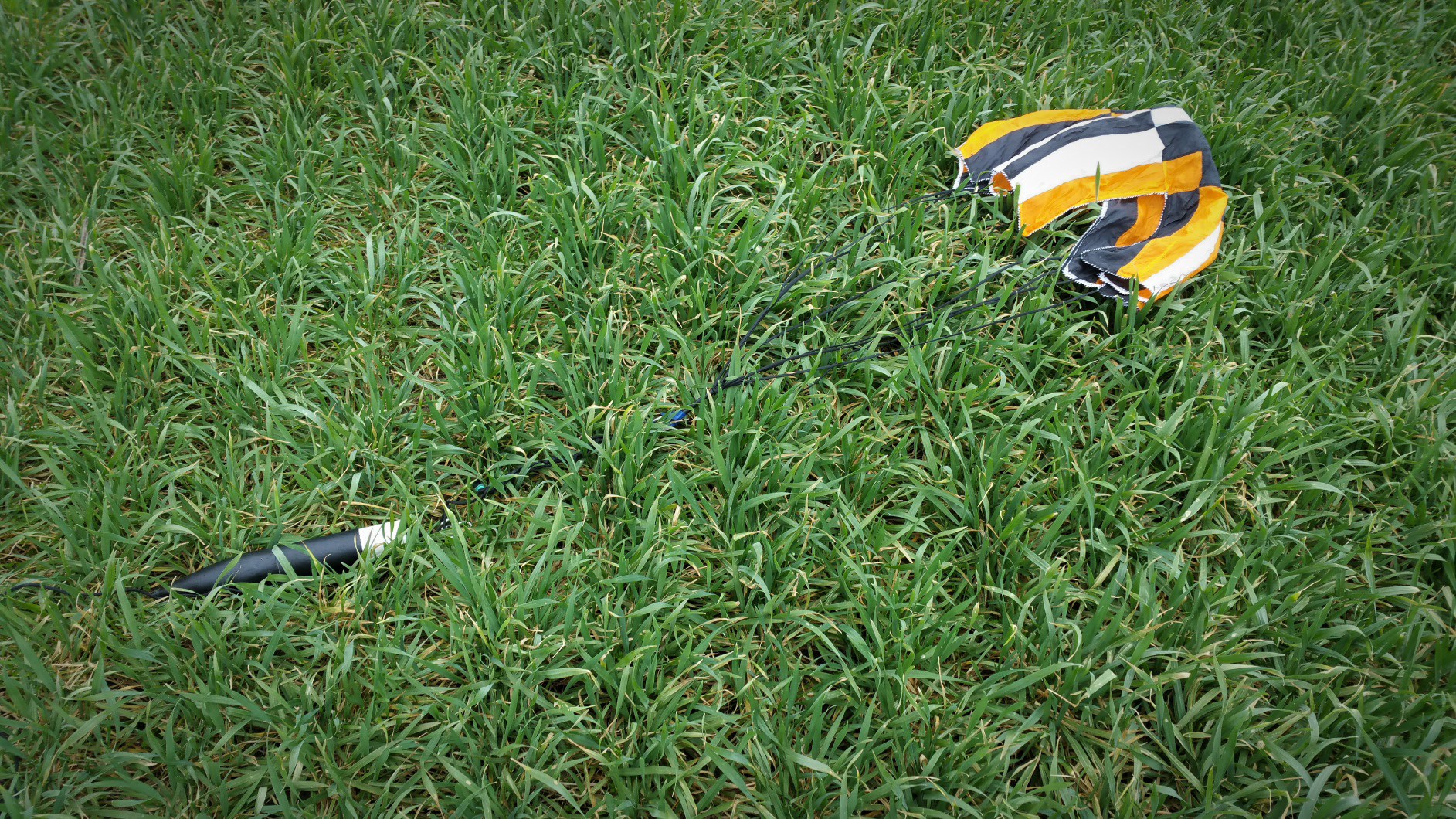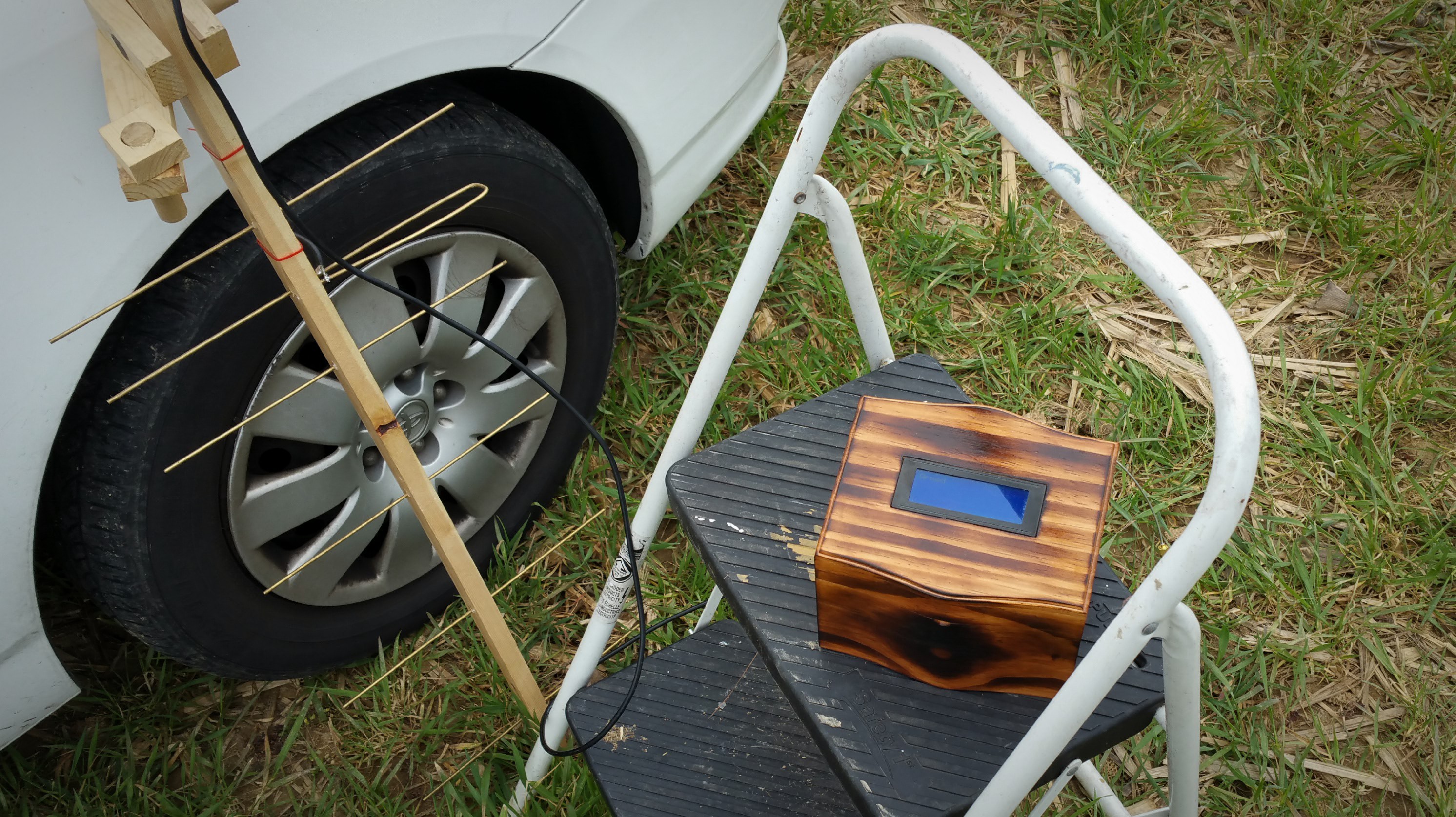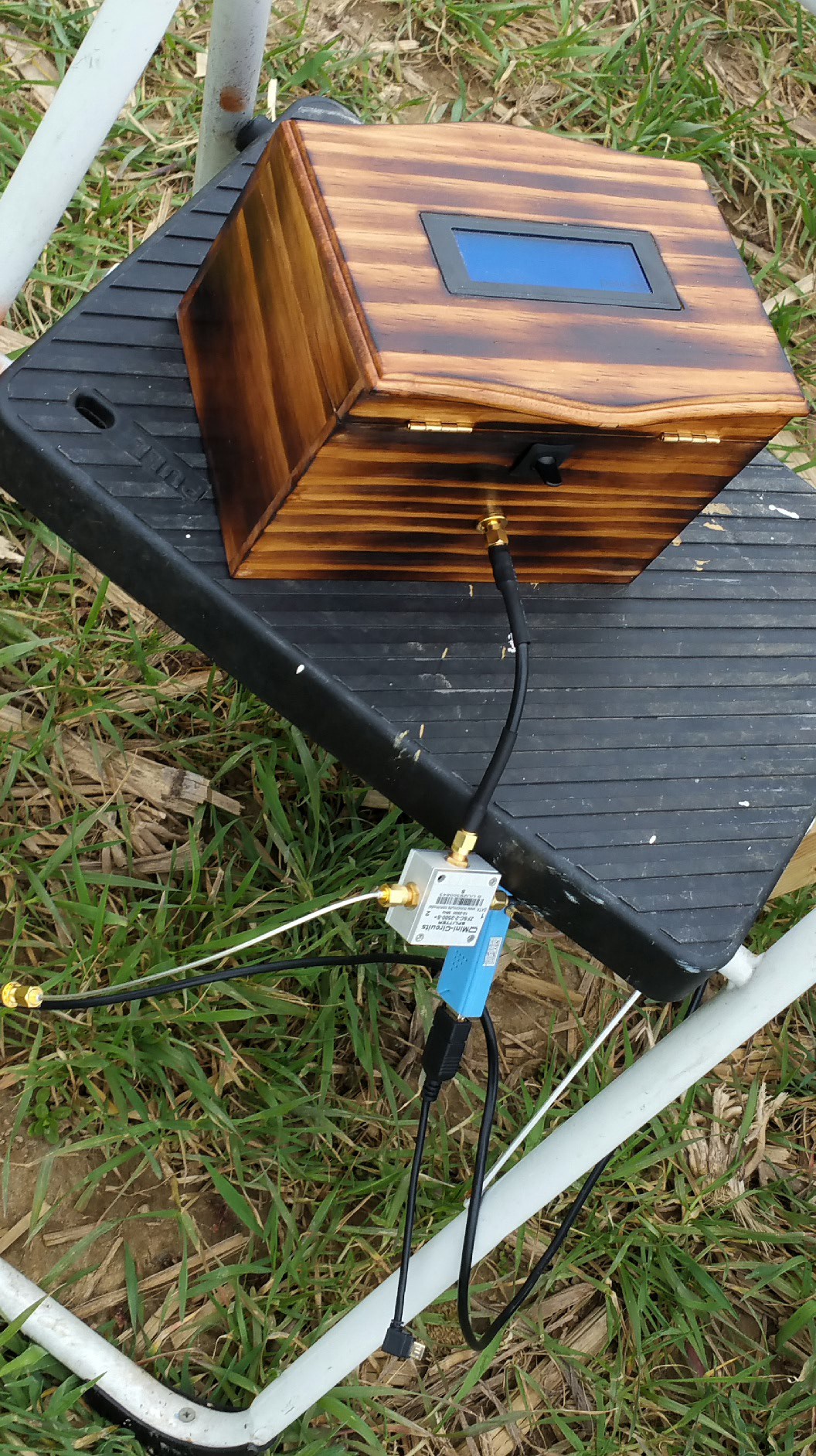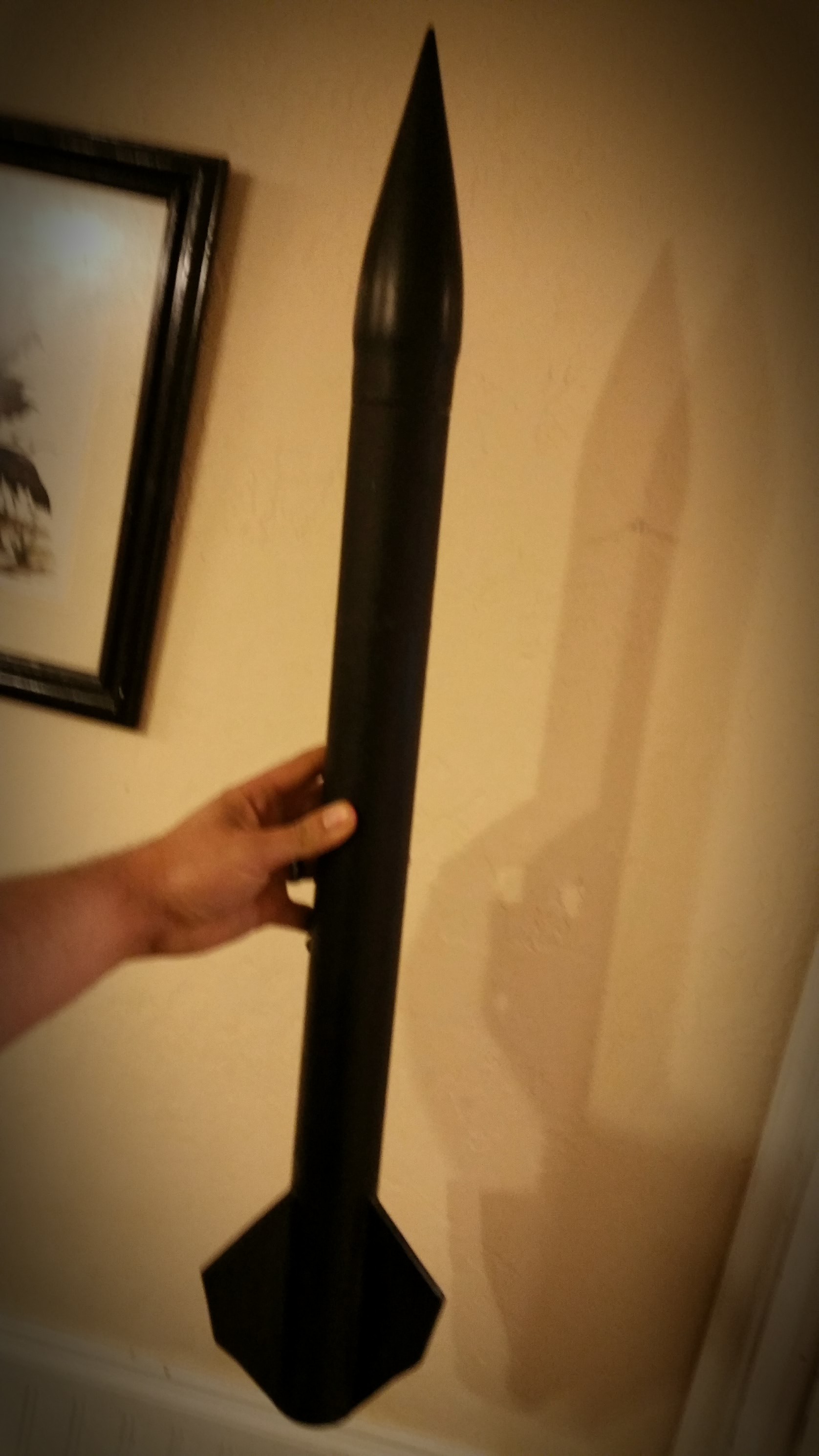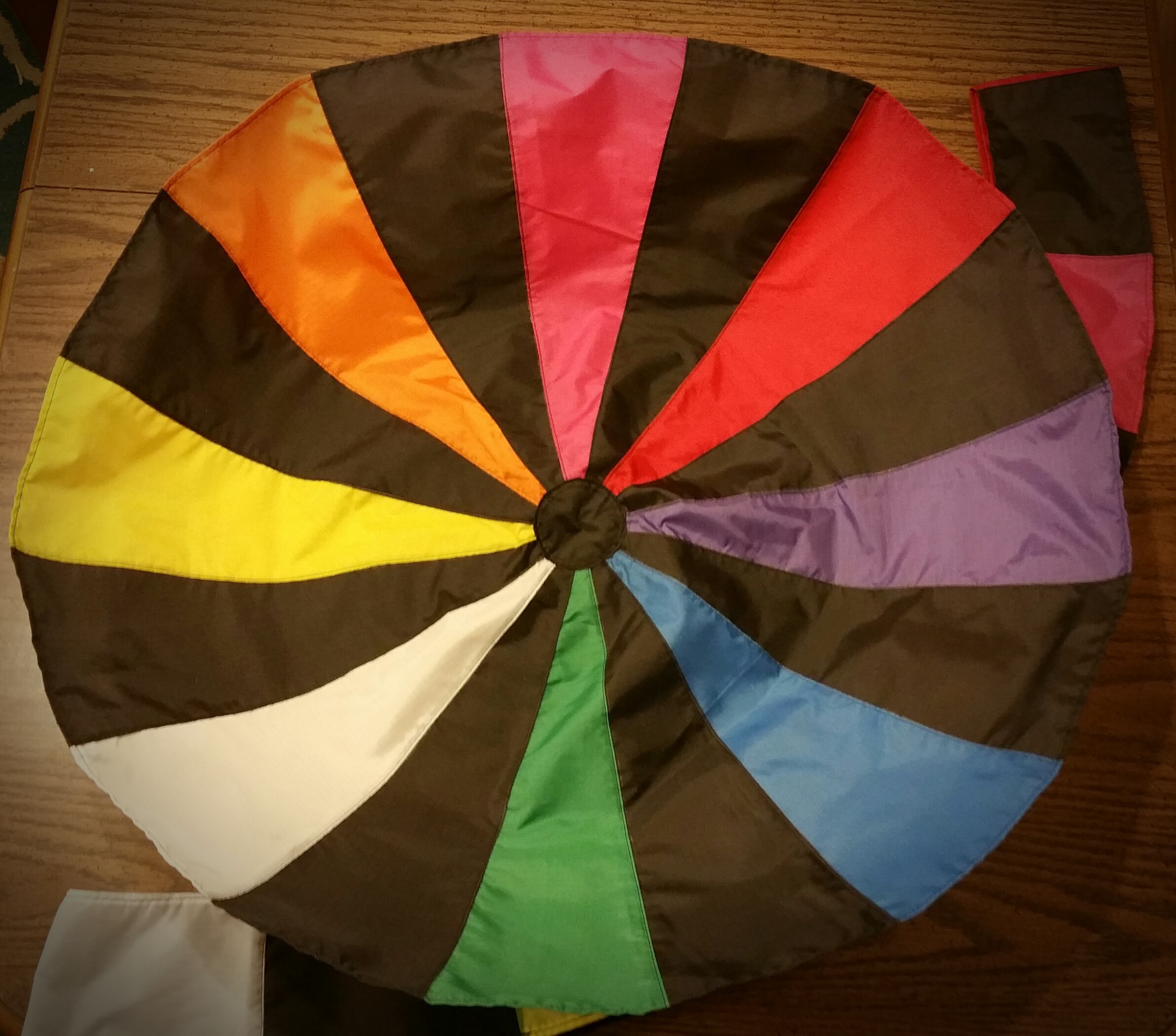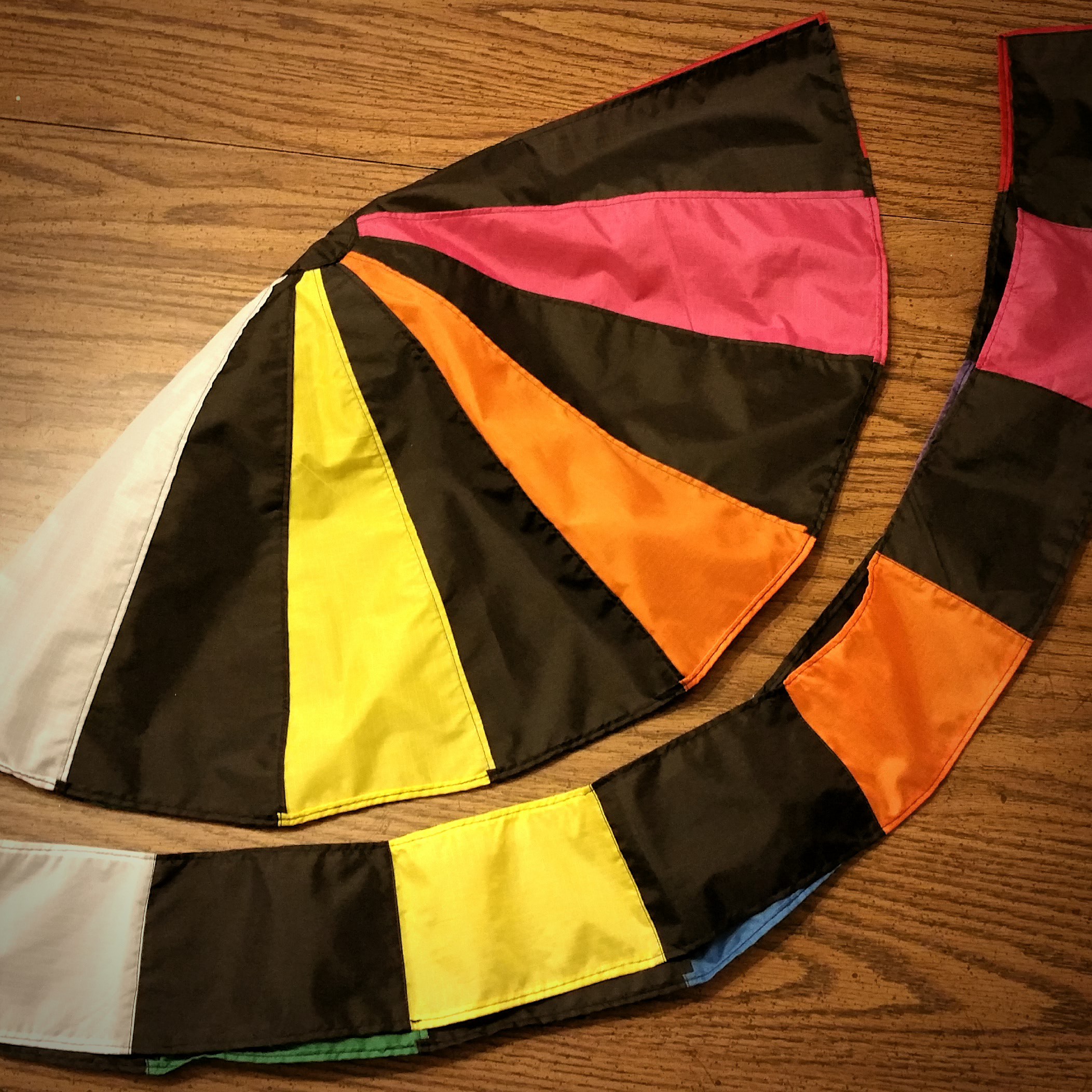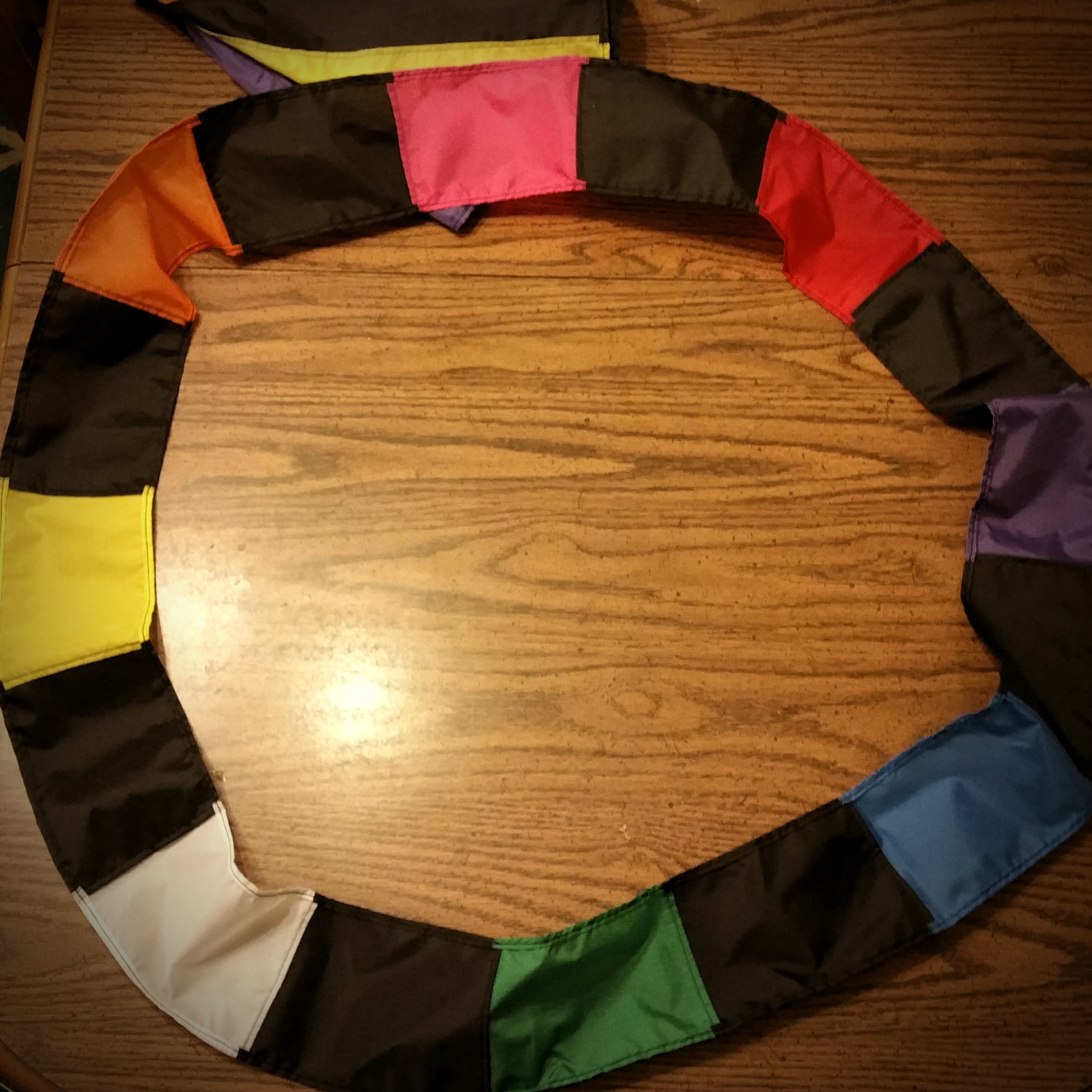-
Short Term Goals Updated
11/07/2016 at 02:17 • 0 commentsThe main goal of this project is still in place, but due to my recent move and a rather heavy work load, progress in this particular project has not made as much progress as I wish it had in the last year.
Current short term goals include:
- Avionics checkouts
- Flight Computer
- In-flight Altitude and pyro control logic verification
- Steerable parachute control and logic verification
- Pyro
- At altitude pyro ignition tests (pressure chamber and then in-flight)
- Video
- Flight Computer
- Long distance live video verification, RSSI and signal strength
- Non Avionics Recovery
- Parachute deployment testing for standard and steerable parachutes
- Motor Development
- 6" 2,000lb thrust booster development
This is a lengthy list. Please see my other project page for the motor development project and the heavy lift RC plane that is going to be used for avionics, and recovery testing.
- Avionics checkouts
-
Large Motor Development
07/06/2016 at 01:24 • 0 commentsAfter moving to California and visiting the world class facility at the Friends of Amateur Rocketry (FAR) site in the Mojave desert, I've been able to finally visualize my end goal in my amateur experimental rocketry endeavors.
I will be developing a high thrust/mass ration full O motor (later to be developed into an N) to be used as a payload lofting and eventual booster stage in a multistage rocket for suborbital research. This will be a multi-year project, with free time, family time, and work balancing the progress of this project.
Eventually 4 of these motors will be used (Nike Hercules style) as a booster to a three stage flight. Booster project page here: https://hackaday.io/project/12520-2500lb-thrust-booster-motor
This project will continue as I develop my steerable recovery parachute.
-
Bridle Testing of Steerable Parachute
06/20/2016 at 03:09 • 0 commentsSo one of the nice things that moving to California brings me is a consistent access to the beach and the winds that come along from the Pacific ocean. This allows me to finish my testing on the single skin steerable parachute, in this case bridle testing.
The bridle allows the canopy inflation geometry to be modified to conform the parachute to optimal characteristics for stable flight. This series of testing, is to establish the correct line length for each support line to optimize the canopy in numerous ways.
Inflation geometry must maintain shape in order to be effective, in this regard, canopy collapse is an issue that needs to be avoided, particularly in the face of increasing wind on the nose of the canopy. If too much horizontal air movement is combined with insufficient wing loading, then collapse and failure can be expected.
Modifying the left, right, and center cell rear edge geometry, changes the characteristics of stable flight and control surface reaction time. Meaning brake lines are more effecient, and wing loading transfers canopy rigidity for forward velocity.
Here is the test video, showing adequate control in 15-20 mph winds, but showing higher control surface reaction than anticipated (very twitchy). I believe that this can be altered by changing the center cell's rear geometry to transfer more of the air column to horizontal velocity, and relying less on the side cell velocity outputs.
Basically it's working well, but isn't as stable as would be preferred. This can be accomplished by adding length to the rear canopy edge control lines of the central cell.
-
Real Life
04/15/2016 at 03:02 • 1 commentLast weekend was MDRA's Red Glare (regional High Power launch event), and it was amazing, lots of amazing flights.
Regrettably my family had some emergency medical issues pop up the week before Red Glare, and my project was unable to fly. The family is doing better now, but I missed my flight opportunity.
So here's the good/bad news: I'm moving! This means no more access to flying with the MDRA... Lame. But here's the good news portion: I'm moving to California within driving distance to the FAR site (Friends of Amateur Rocketry)
So while my projects are going to be on hold for a bit while I move and get my proper permits going, I will have access to a much better venue for further rocketry projects.
![]()
In the mean time, feel free to ask any questions!
-
Timeline Update
03/26/2016 at 19:42 • 0 comments![]()
Red Glare (the Maryland Delaware Rocket Association regional event) is coming up and for the launch I want to launch my EX-005 with an I-550 6 grain motor to around 5,000 feet. Its purpose is to haul along my advanced electronics to verify advanced sensor data collection, processing and storage. If the electronics perform as expected the first flight of a tested steerable recovery will be in the next few months, so stay tuned!
I'll also be showcasing my static test stand for those who would like to see it in operation up close.
If you have any comments or questions, please just let me know!
-
Split Gore Inflation Test
03/20/2016 at 23:27 • 0 comments![]()
The bottom of the shroud lines still need to be finished, but I was able to do some initial inflation testing, but I'm happy with the results so far.
![]()
I'll do some testing here later on for Cd after its finished, but it is already looking promising.
-
Wireless Static Motor Analyzer Overview
03/13/2016 at 22:19 • 0 comments -
EX-004 Launch and Recovery
03/12/2016 at 20:19 • 3 comments![]()
The EX-004 was flown on an H-250 3 grain motor utilizing PNCP#6 to an altitude of 1,672 feet.
![]()
![]()
Regrettably due to a gunky launch rail it took nearly .3 seconds on the pad before going to the sky.
![]()
Recovery was complete a short while later.
The motor successfully fired without issue, showing experimental evidence to the new grain separation methodology.
![]()
![]()
Here you can see the ground station assembled, with option for the SDR dongle for spectrum viewing.
I hope to have a video shortly...
-
Setback
03/10/2016 at 01:38 • 0 commentsThis evening I went to assemble one of the four motors (a 6 grain I-500) for this weekend and decided it would be a great idea to botch the grain insertion technique and ruined the motor (it's single use).
The end result is that I don't have time to create another large 6 grain motor before this weekend.
The positive is that I'll still have the other three motors (2 x H-250s and 1 x I-500) for this weekend, but I'll have to nix my high altitude flight and only static test the new large motor without flying it for safety reasons.
This setback again drives back my testing plan for at altitude RF data path validation, and delays my main project by months.
Nobody said rocket science was easy... I just wish I had the ability to submit my full time to this endeavor and had more suitable testing facilities instead of relying on monthly club meets.
So for review, this weekend testing is now the following:
- Static test H-250 3 grain motor to validate new grain separation technique. This has the added benefit of testing my new 70cm serial to WiFi (telnet) bridge.
- Static test I-500 6 grain motor.
- Flight H-250 in the EX-004.
Not nearly as productive without the flight test of the I-500, but I only have so many hours per day I can devote to this between work and family...
-
EX-004 and Parachute
03/09/2016 at 00:44 • 0 comments![]()
Finalized the design and painted the EX-004, which will be flying the smaller H-250 motors demonstrating flight characteristics of the new motor grain alteration paradigm.
If all goes well, I'll fly the EX-005 on an I-500.
![]()
![]()
![]()
The new parachute us almost done, is a 16 gore 35% hemispherical split gore parachute. Should be pretty when done. I'm excited to see the completed parachute in the air.
High Power Experimental Rocket Platform
Experimental high power rocket with active stabilization, live telemetry, autonomous GPS guided recovery and HD video
 J. M. Hopkins
J. M. Hopkins